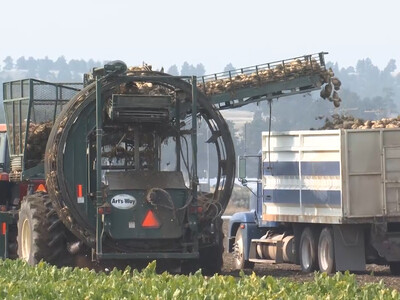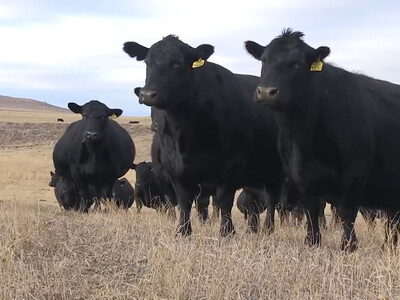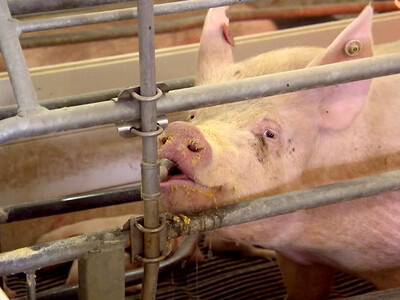Farmer Working Capital Falls to Lowest Level in a Decade
The financial condition of the U.S. farm sector continues to deteriorate. The extent of the deterioration is perhaps best seen in the level of working capital which has fallen sharply since 2012. This decline does not bode well for the financial condition of many U.S. farmers.The amount of working capital (current assets minus current liabilities) in the U.S. farm sector provides an indication of the liquidity of the sector. Working capital provides a financial cushion for farmers. High levels of working capital provide farmers with the financial capacity to easily reinvest in their businesses. As working capital becomes scarce, farmers are forced to rely more heavily on borrowings to operate their businesses, replace aging equipment, and invest in capital assets.
The measures of working capital that we will look at are all calculated at the farm sector, not at the farm level. As such, the actual condition and trends seen on individual farms will vary, sometimes considerably. Still, these aggregate measures provide some insight into what trends are likely being experienced by most farms.
Unfortunately, the trend in working capital is not favorable. Figure 1 shows the working capital in the U.S. farm sector from 2009 to 2018. Since peaking in 2012 at slightly over $165 billion, working capital has declined precipitously. Today, it stands at $56 billion or 36% of the peak.
The drop has been sharp and swift, with 2014 as the only year seeing an increase since 2012. From 2017 to 2018 working capital in the sector declined by $10.4 billion, or 18%. These declines are significant and are likely an indicator of the potential for significant financial stress in the sector.
Another way to examine the adequacy of working capital is to compare it to the gross revenues of the sector. Taking the ratio of working capital to gross revenue normalizes the gross value of working capital and puts it in the context of the amount of revenue that is generated by the sector. The ratio of working capital to gross revenues is shown in Figure 2. This ratio can be thought of as a percent.
Today, working capital stands at 13% of gross revenues. Just as with the overall working capital ratio, it is at the lowest level seen in recent times. At its peak, the sector had working capital equal to nearly 45% of gross revenues. Again, the measure flashes a major warning sign about the financial condition of the sector.


















